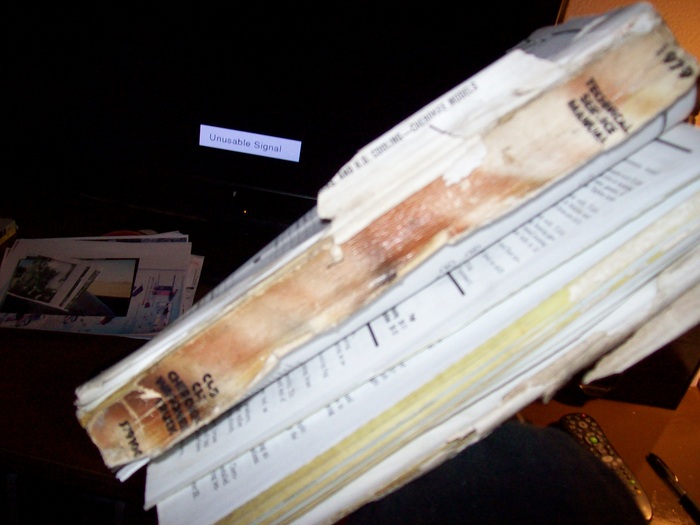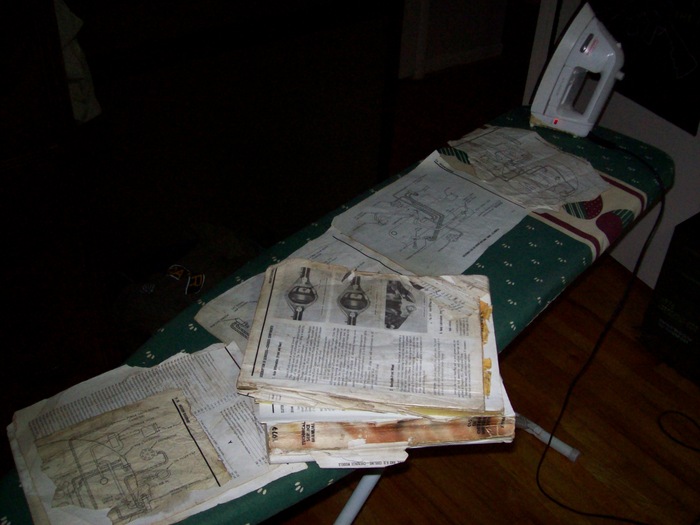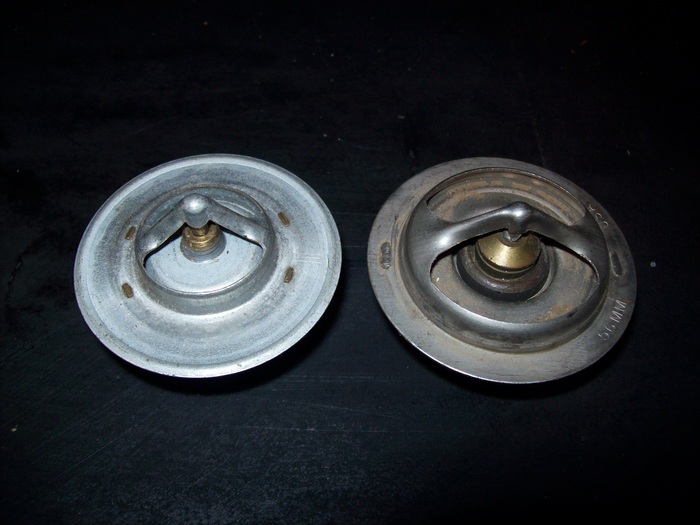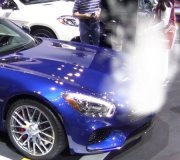I have a Jeep Grand Wagoneer (AMC 360) that has a fully rebuilt motor (from a professional race engine builder from AZ with 28 years experience) with new aftermarket Edelbrock dual plane intake manifold and has been converted to TBI fuel injection.
The vehicle starts and runs normally and smoothly until it reaches thermsostat opening temp (195). It then continues to run perfectly for approximately 5-10 minutes at exactly 195.
Then, suddenly and erratically, the temperature will rise rapidly (4-8 seconds for the guage needle to travel from 195 to 240-260), sometimes hesitate for a few seconds at 230, 240 or higher, then drop just as rapidly down to 210-220 or so. This spiking will continue, with temperature readings reaching up to the guage max for serverals seconds before quikcly dropping again.
I first suspected electrical issues/resistance increases due to heat. I ran three different new sending units, then bypassed factory wiring and ran a straight wire from teh sender to the back of the cluster. I also swapped in three different clusters (one used and known to work correctly). I also grounded the cluster directly.
Lastly, and most interestingly, I ran a code scanner simultaneously to monitor the TBI fuel injection temp sender and it stays right around the thermostat temp at ALL TIMES (188-200). This FI temp sender is in the same section of large, front cooling jacket, but on the other end of the intake manifold opposite the factory sender, on the other side of the thermostat housing.
I bled the system of air several times/burped it. Tested cooling system pressure (held perfect pressure for 25 minutes without a leak). Checked oil and coolant for signs of head gasket leak (oil in water, water in oil) and both were negative. I have also installed 3 different brand new thermostats, two brands, and had the same symptoms all three times.
Again, the car runs correctly, with temperature steadily, slowly rising until it reaches thermostat opening temps, and then continues to run correctly for 5-10 minutes at a rock solid, stable temp of 195-200, until the temperature readings suddenly start spiking and falling.
Since I was getting the radically different temp sender readings on opposite ends of the intake manifold coolant water jacket, I started using an infrared thermometer to test the block and heads on both sides, from underneath the car, to observe temperatures. This testing revealed that, indeed, the driver's side/left side block and head WAS suffering sudden and radical changes in temperature. With block surface temps on the left suddenly rising 40-50 degrees (240-250 degrees) over the course of 10-15 seconds, staying there, and then dropping again to approx 200 degrees. This cycle continues as long as I dare run the vehicle. Right side/passenger block and head stays pretty much stable at around 200.
If any of you experienced, old-time wrenchers with excellent diagnostic skills has any ideas on how to proceed, I would be forever grateful.
Thank you,
Bobby in LA
Monday, September 12th, 2011 AT 7:22 PM





